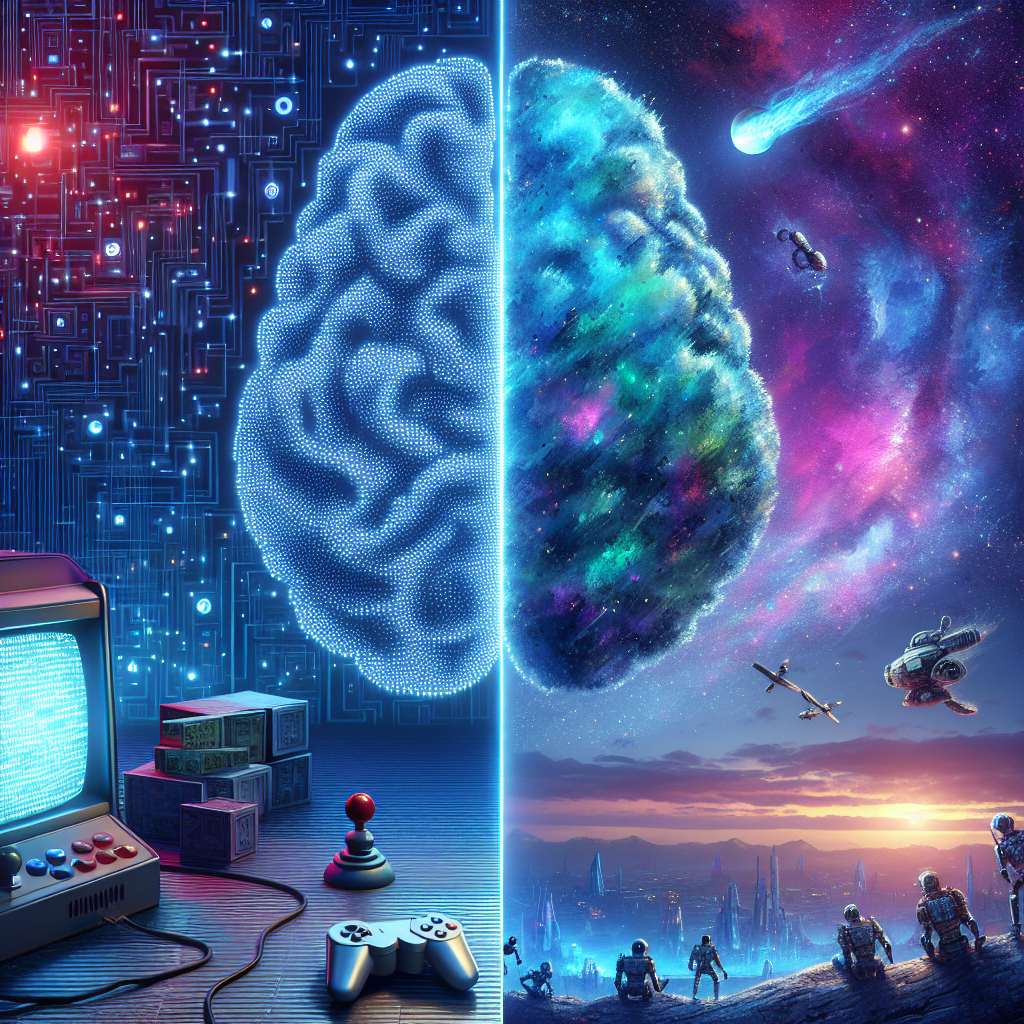Generative AI, also known as artificial intelligence, is revolutionizing the gaming industry in ways that were previously unimaginable. This technology is allowing developers to create immersive and dynamic gaming experiences that are personalized to each player’s preferences. From generating realistic environments to crafting unique characters and storylines, generative AI is reshaping the gaming landscape in exciting ways.
One of the key ways in which generative AI is transforming the gaming industry is through procedural generation. Procedural generation is a technique where algorithms are used to create content on-the-fly, such as levels, maps, and quests. This allows for an endless variety of content to be generated, keeping players engaged and excited as they explore new worlds and challenges.
Generative AI is also being used to create lifelike characters and NPCs (non-player characters) in games. These characters can have their own personalities, motivations, and behaviors, making the gaming experience more immersive and realistic. This technology can also be used to generate dialogue and interactions between characters, creating a more dynamic and engaging story for players to experience.
Another way in which generative AI is reshaping the gaming industry is through the creation of adaptive difficulty levels. By analyzing player behavior and skill level in real-time, AI algorithms can adjust the difficulty of the game to provide a more challenging experience for experienced players, while also ensuring that newer players are not overwhelmed. This adaptive difficulty level ensures that players are constantly engaged and challenged, leading to a more satisfying gaming experience.
Generative AI is also being used to create personalized gaming experiences for each player. By analyzing a player’s preferences, play style, and behavior, AI algorithms can generate content that is tailored to their individual tastes. This could include generating unique quests, challenges, or rewards that are specifically designed to appeal to that player. This level of personalization ensures that players are more invested in the game and more likely to continue playing over time.
Furthermore, generative AI is also being used to enhance the visual and audio aspects of games. AI algorithms can generate realistic graphics, animations, and sound effects that create a more immersive and engaging gaming experience. This technology can also be used to dynamically adjust the visual and audio elements of the game based on player feedback, ensuring that the experience is always fresh and exciting.
Overall, generative AI is reshaping the gaming industry by providing developers with new tools and techniques to create innovative and immersive gaming experiences. From generating dynamic content to personalizing the gaming experience for each player, AI is revolutionizing the way games are created and played.
FAQs:
Q: How is generative AI different from traditional game development techniques?
A: Generative AI uses algorithms and machine learning techniques to generate content on-the-fly, whereas traditional game development techniques involve creating content manually. This allows for a more dynamic and personalized gaming experience.
Q: What are some examples of games that are using generative AI?
A: Games such as No Man’s Sky, Minecraft, and Spelunky are all examples of games that are using generative AI to create unique and dynamic gaming experiences.
Q: How will generative AI impact the future of gaming?
A: Generative AI is likely to revolutionize the gaming industry by allowing for more personalized and immersive gaming experiences. This technology will continue to evolve and improve, leading to even more innovative and engaging games in the future.

